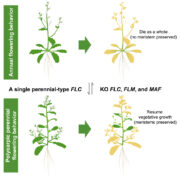
A single gene converts Brassicaceae from annual to perennial form
Plant Science Research WeeklyPolycarpic perennials, as opposed to annual plants, flower multiple times over several growing seasons throughout their lifecycle. To do that, they must retain a vegetative meristem that does not produce flowers during the reproductive phase. MADS-box transcription factors like FLOWERING LOCUS C (FLC)…
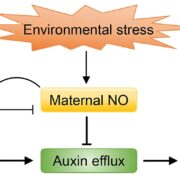
Maternal nitric oxide influences female gametophyte development
Plant Science Research WeeklyNitric oxide (NO) acts as a signal molecule to regulate plant growth, from seed germination to floral formation. Female gametophyte (FG) development is sensitive to external signals; for example, in plants in adverse environements, a decrease in fertilizable FGs enhances the survival prospects of the…
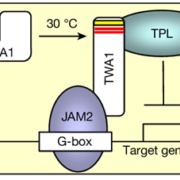
Beat the heat with TWA1, a novel thermosensor in plants
Plant Science Research WeeklyOptimal temperatures for growth and development vary between plant species, making accurate temperature sensing crucial for their fitness. The search for molecular mechanisms underlying temperature signaling suggests that a single temperature sensor likely does not exist in plants. Instead, plants possess…
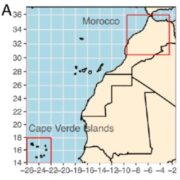
A novel metabolite confers salt tolerance to Arabidopsis from Cape Verde Islands
Plant Science Research WeeklyRising sea levels and increasing salt accumulation in irrigated soils are threatening food production globally. There is a lot to be learned from plants that have evolved tolerance to salt. In this new preprint, Martínez-Rivas et al. explored the mechanism of salt tolerance the Cvi-0 accession of Arabidopsis…
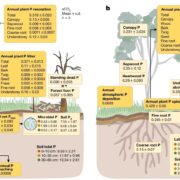
Phosphorus limitation limits carbon storage in CO2-enriched mature forests
Plant Science Research WeeklyPlants fix carbon dioxide to generate biomass, and in many cases increasing the availability of CO2 enhances plant growth. However, some studies have shown that although yields of food crops such as rice might increase, their nutritional value decreases, due to limitations in availability of minerals…
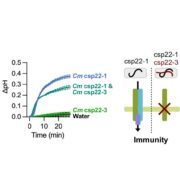
Non-immunogenic bacterial epitopes mask recognition of their immunogenic counterparts
Plant Science Research WeeklyHost plants recognize diverse bacterial epitopes, known as microbe-associated molecular patterns (MAMPs), and respond with an immune reaction to control bacterial growth. However, most studies have focused on single bacterial epitopes, limiting our understanding of plant-bacteria interaction outcomes…
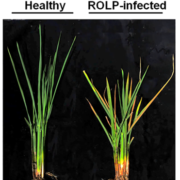
Leaf yellowing phenotype in rice, mediated by phytoplasma-secreted effector protein, attracts insect vectors
Plant Science Research WeeklyPhytoplasmas are bacterial pathogens that induce significant morphological changes in a host plant including prominent leaf yellowing. They are known to be transmitted by piercing-sucking insects or phloem-feeding arthropods. Phytoplasmas alter plant developmental process through specific effectors.…

Plant Science Research Weekly: June 14, 2024
WWR Full PostReview: Deep learning approaches to understanding stomatal function
Sydney Brenner famously said, “Progress in science depends on new techniques, new discoveries and new ideas, probably in that order." Right now, we’re seeing how advancements and new techniques in artificial intelligence and deep…
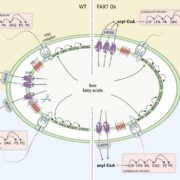
The Cold Survival Game: RHOMBOID-LIKE PROTEASE11 and Arabidopsis' FATTY ACID EXPORT PROTEIN1
The Plant Cell: In a NutshellJohn et al. reveal how degradation of the chloroplast protein FATTY ACID EXPORT PROTEIN1 by RHOMBOID-LIKE PROTEASE11 affects cold tolerance in Arabidopsis.
https://doi.org/10.1093/plcell/koae011
By Annalisa John (AJ) and Ekkehard Neuhaus (HEN) (RPTU Kaiserslautern, Germany)
Background: Plants…

